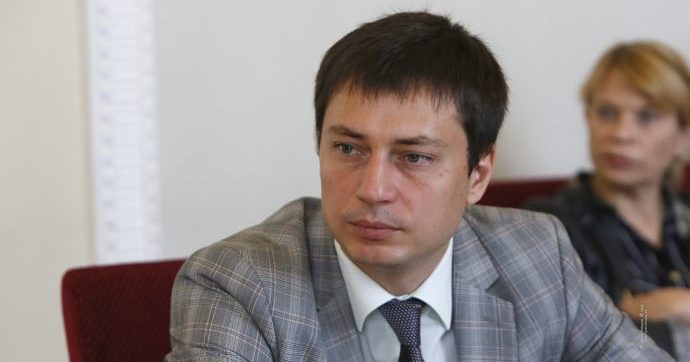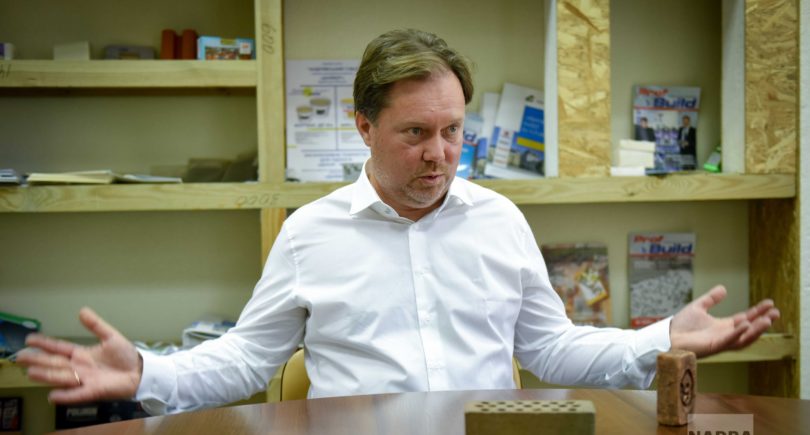
Opinions Infrastructure electricity 1151 04 October 2024
The NEURC can make any decision on the unification of classes, even if it is completely economically unreasonable
The issue of differentiating distribution tariffs by voltage class requires establishing a dialogue between business and regulatory authorities and finding ways to provide scientific and technical justification and regulatory regulation of this issue.
Background
On July 17, the National Energy and Utilities Regulatory Commission (NEURC) planned to consider the draft resolution “On Approval of Amendments to the Procedure for Setting (Formation) of Tariffs for Electricity Distribution Services (Amendments to the NEURC Resolution No. 1175 dated 05.10.2018)”.
We did not hear any significant economic reasons for this decision from the representatives of either the Ministry of Energy or the NEURC. Business pressure forced them to abandon this idea. Tarasyuk, the then chairman of the NEURC, opposed it, but after the change of leadership and composition of the regulator, they decided to return to the issue of unification.
Now the tariff is divided into a tariff for consumers with voltage class 1, which is large industry (connected to power lines with a voltage of 27.5 kV and above), and a tariff for consumers with voltage class 2 – the rest of the consumers (up to 27.5 kV).
Implications for business
Supplying electricity to large enterprises requires the use of much smaller infrastructure, and electricity losses are much lower. Whereas the tariff for the 2nd class allows covering the costs of delivering electricity to households and small businesses. Therefore, the difference in distribution tariffs is due to the laws of physics.
Unification of distribution tariffs by voltage class will have a negative impact on the operation of large industrial enterprises. The costs of electricity transportation for large consumers will increase by tens or even hundreds of millions of hryvnias, depending on the size of the company. Also, cross-subsidization will actually continue, as large industrial consumers will pay for losses in the networks of small consumers.
Setting a single tariff for both groups of consumers will result in a fivefold increase in the distribution tariff for industry. The total increase in costs for large consumers will be about UAH 26 billion – from UAH 6.4 billion to UAH 32.5 billion per year. It is clear that such an increase will lead to the fact that some of the most energy-intensive enterprises may stop production or go bankrupt.
Offers
In order to avoid further speculation on the subject of unification, we propose to establish a legislative framework beyond which state bodies could not go. This will allow the business to feel more protected at the level of the law.
To avoid further speculation on the topic of unification, we propose to establish a legislative framework that cannot be exceeded by government agencies. This will allow businesses to feel more protected by law.
Currently, the law is silent on voltage classes, so the regulator can do whatever it wants – introduce one class or, for example, five. The NEURC can make any decision to unify the classes, even if it is completely economically unjustified. Otherwise, consumers may spend a year or more in court to prove that it is unjustified, but in the meantime, due to rising costs, there may be no one to prove it in a year and a half.
That is why we want to scientifically substantiate the need to preserve classes by calculating the relevant figures with the involvement of representatives of specialized universities. Based on the results of the roundtable discussion, the following draft resolution was proposed, which contains the following proposals:
- To create a working group consisting of representatives of the Ministry of Energy, the Ministry of Economy, the NEURC, the Verkhovna Rada Committees on Economic Development and on Energy, Housing and Utilities, scientists and business representatives to develop a justification for the division of electricity consumers by voltage classes and prepare proposals for amendments to the Law of Ukraine “On the Electricity Market” and bylaws.
- Within three months, the working group should prepare a justification for the division of electricity consumers by voltage classes and proposals for amending the legislation of Ukraine on this issue.
- Until the amendments to the legislation of Ukraine on the issue of dividing electricity consumers by voltage classes are finalized, recommend that public authorities, in particular the Ministry of Energy and the NEURC, refrain from making decisions on changing the legislation on dividing electricity consumers by voltage classes.




